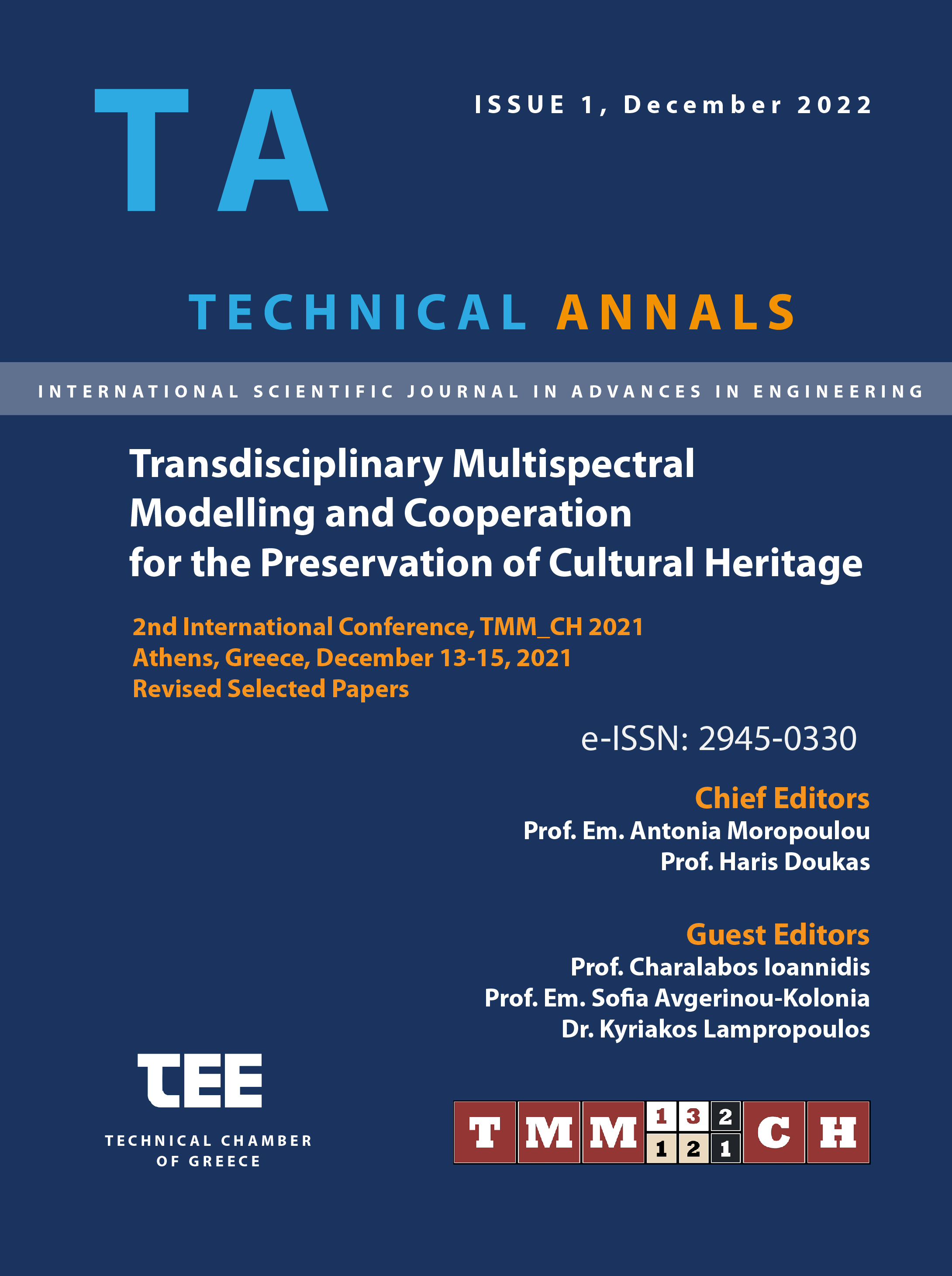Rebranding the World with SPHINX

Abstract
At the conference will be presented the results of a part of the researcher's postdoctoral work, which extends the results of the doctoral dissertation by creating a digital database (SPHINX). This database will function as a website showcasing (projecting) the existing tangible and intangible networks of the landscape so that the user understands and experiences it holistically. The adopted methodology will be prepared and implemented as a pilot in the area of Boeotia. The main purpose is to reconstituting and highlighting the cultural identity of the field of application but also of any other area -various spatial/urban global scale- where the digital system SPHINX will be applied.
Crystallizing the above, it becomes clear that the present adopted methodology aims to highlight the cultural identity of an area with a field of research in Boeotia. The landscape, with any cultural production that emerges from it -as an element of its definition- constitutes an anthropological structure (anthropology of space). At the same time the landscape constitutes the expression of its inner meaning through a strong symbolic system.
It is worth noting that in support of the author's doctoral dissertation, the seven-member examination committee considered the sphinx system to be innovative. In this article the term innovative will be adopted based on the critique of this committee.
Article Details
- How to Cite
-
Paraskeva, D. (2022). Rebranding the World with SPHINX. Technical Annals, 1(1), 24–35. https://doi.org/10.12681/ta.32151
- Section
- Digital Heritage - Holistic Approach

This work is licensed under a Creative Commons Attribution-ShareAlike 4.0 International License.


